Yorke Peninsula, South Australia
The Ultimate Guide to Birdwatching at Innes National Park, Yorke Peninsula
If you’re planning a trip to Innes National Park and love birdwatching (or just want an excuse to hang out with emus), you’re in for a treat. Innes is one of the best places on the Yorke Peninsula to connect with nature, camp under the stars, and spot some truly incredible bird species. From dramatic sea cliffs to sheltered bushland, this park is home to over 170 species of birds—and some very cheeky joeys.
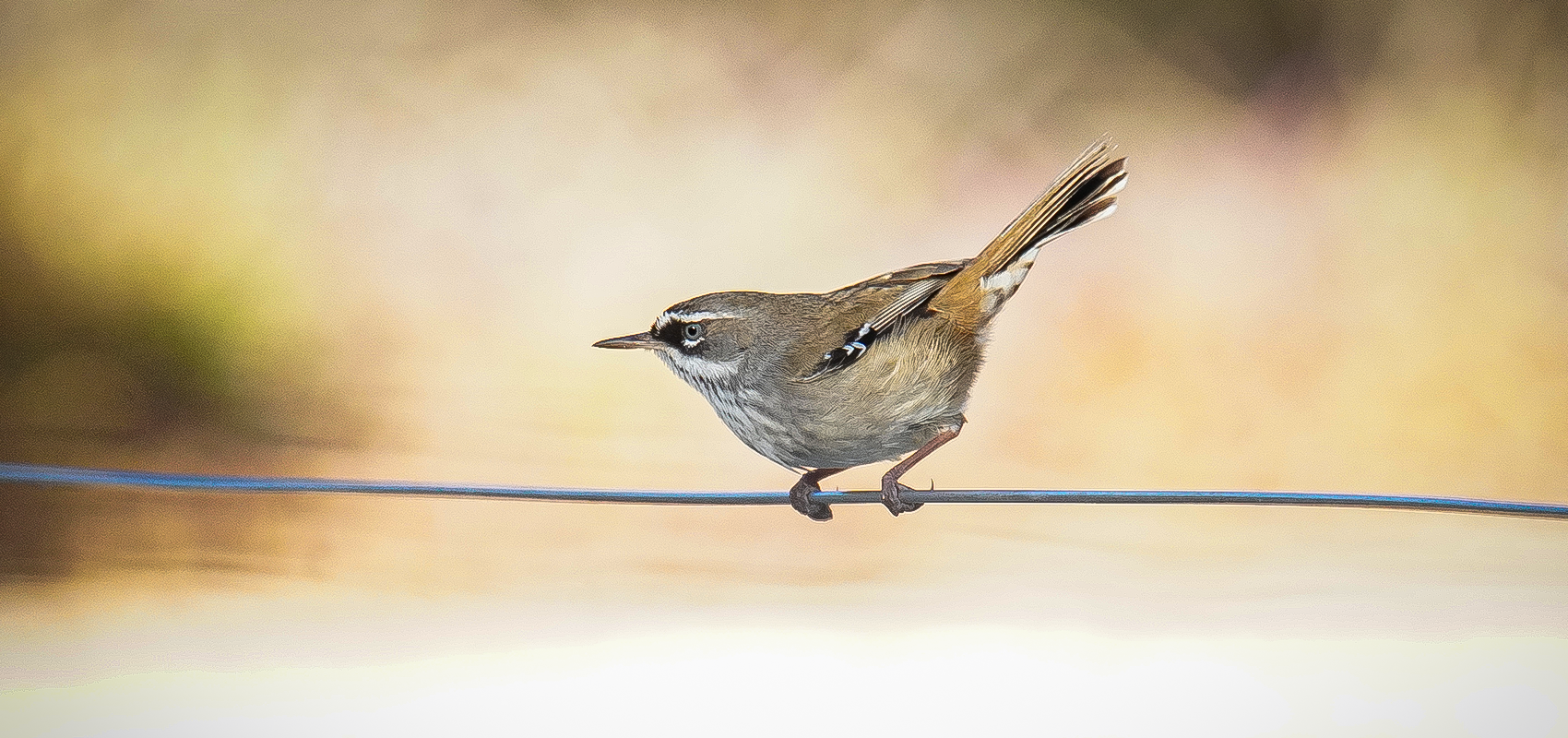
Is Innes National Park Good for Birdwatching?
Absolutely. Innes National Park is a birdwatcher’s dream. Whether you’re into waterbirds, raptors, parrots, or songbirds, you’ll find something to point your binoculars at. You can expect to spot iconic Aussie birds like Emus (I saw at least 20), White-bellied Sea-Eagles, Tawny Frogmouths, and New Holland Honeyeaters.
If you’re camping, prepare for some nighttime visitors—two joeys came right up to my tent! And during the day? The campground was alive with White-browed Scrubwrens and Silvereyes darting through the undergrowth.
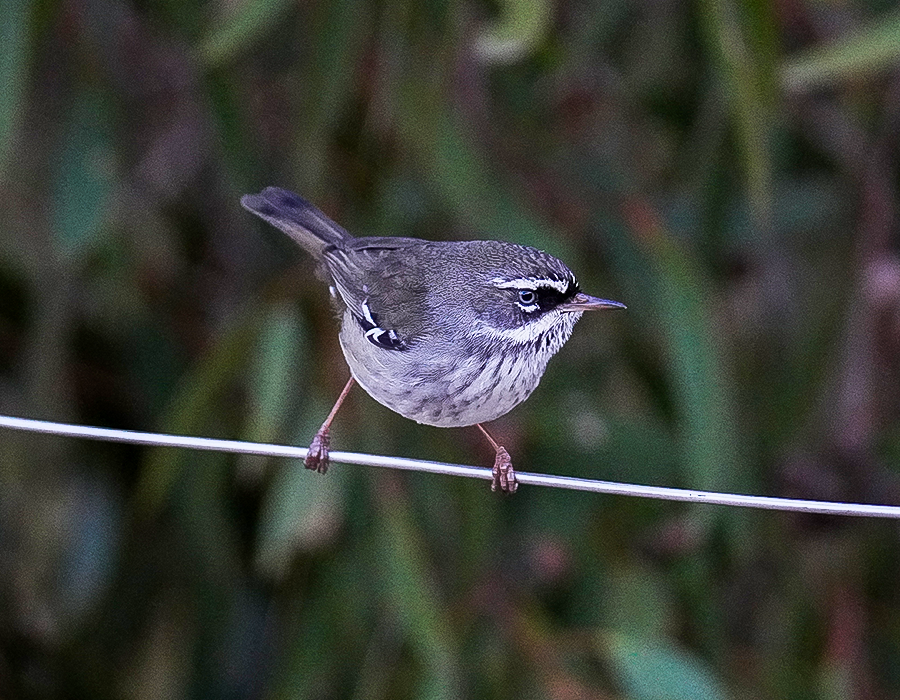
White-Browed Scrubwren, Innes National Park
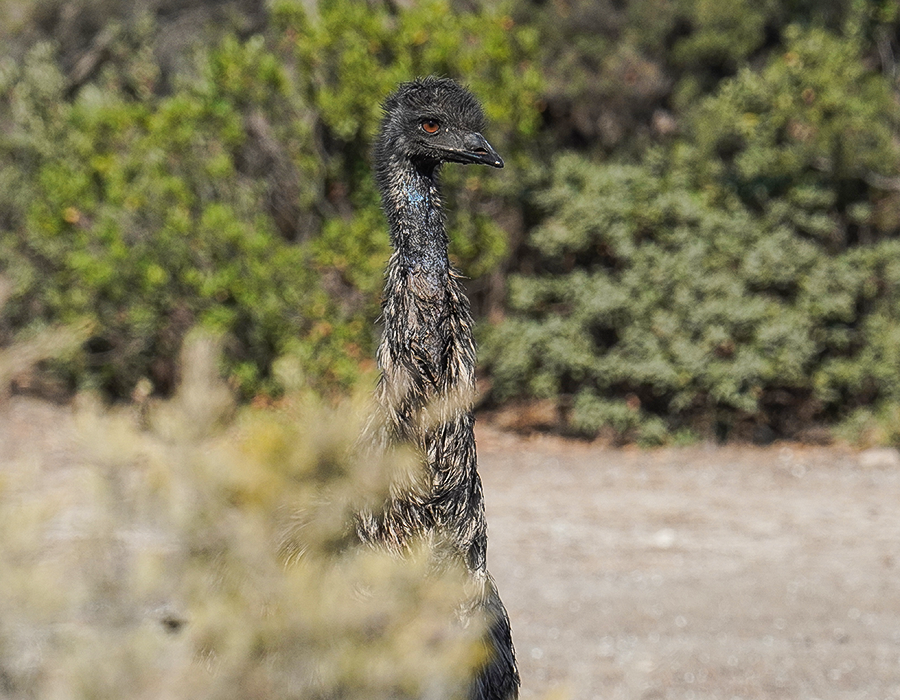
Emu, Innes National Park
Why Innes National Park is a Birdwatching Paradise
What makes Innes such a unique birdwatching destination is the diversity of its habitats. Within a single day, you can move from rugged coastal cliffs to sheltered mallee scrub, salt lakes, and sandy beaches—each home to different types of birds.
The park’s remote location at the tip of the Yorke Peninsula has helped protect many of its native ecosystems. Established in 1970, Innes was originally created to preserve the old gypsum mining town of Inneston and the surrounding natural landscape. Since then, it’s grown into one of South Australia’s most beloved national parks, not just for history buffs and campers—but for birders too.
Because of its varied environment, you’ll find coastal species like Silver Gulls, Sooty Oystercatchers, and Australasian Gannets gliding along the shoreline. Inland, the mallee and coastal heath host species such as Red-capped Robins, Tawny-crowned Honeyeaters, and the elusive Western Whipbird. Waterbirds love the salt lakes and low-lying wetlands, where you might see Black Swans, Chestnut Teals, or even the quirky Black-tailed Nativehen strutting around.
One of my favourite moments was watching a group of Emus bathing and cooling off in a shallow salt lake basin—a reminder that even the largest Aussie birds need a break from the Yorke sun.
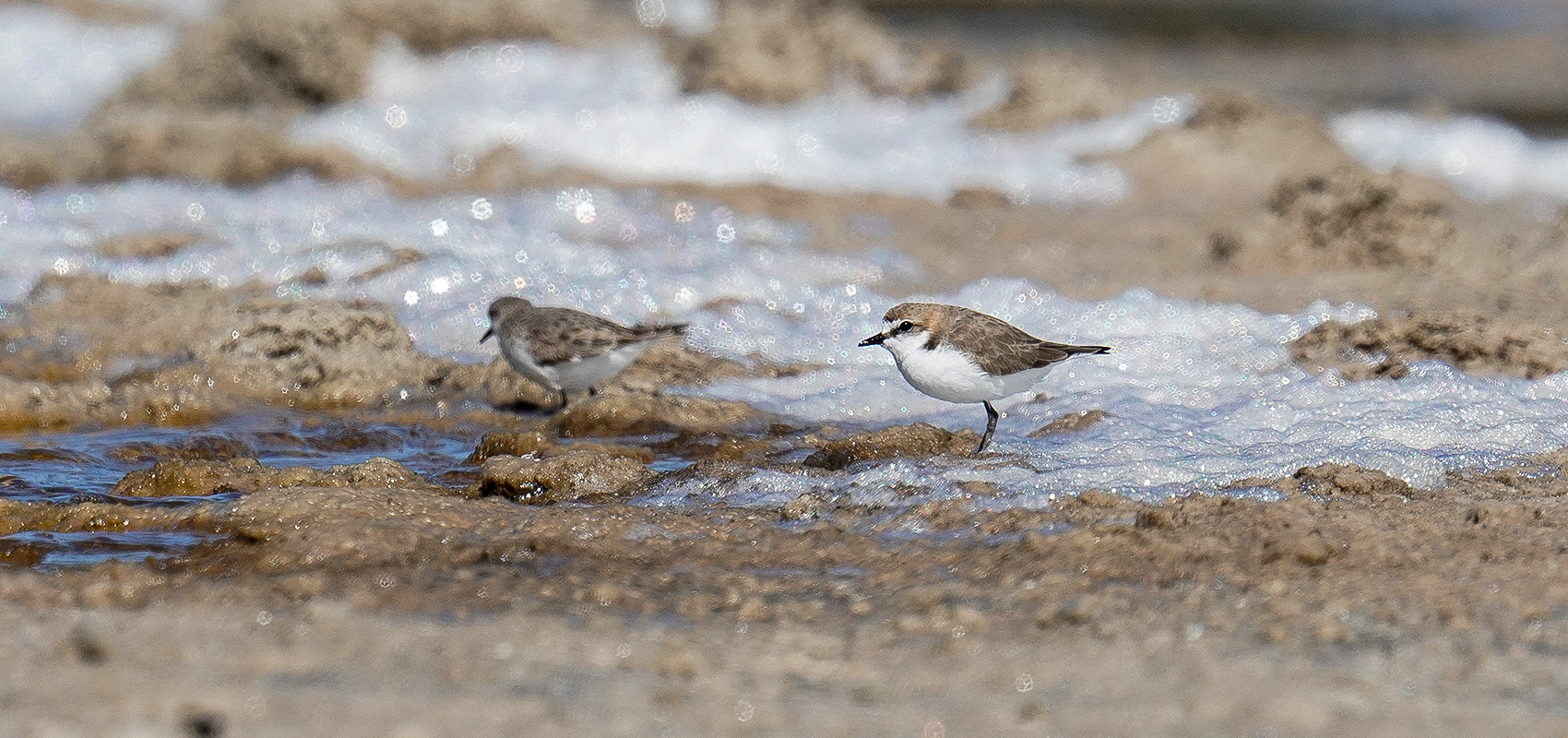
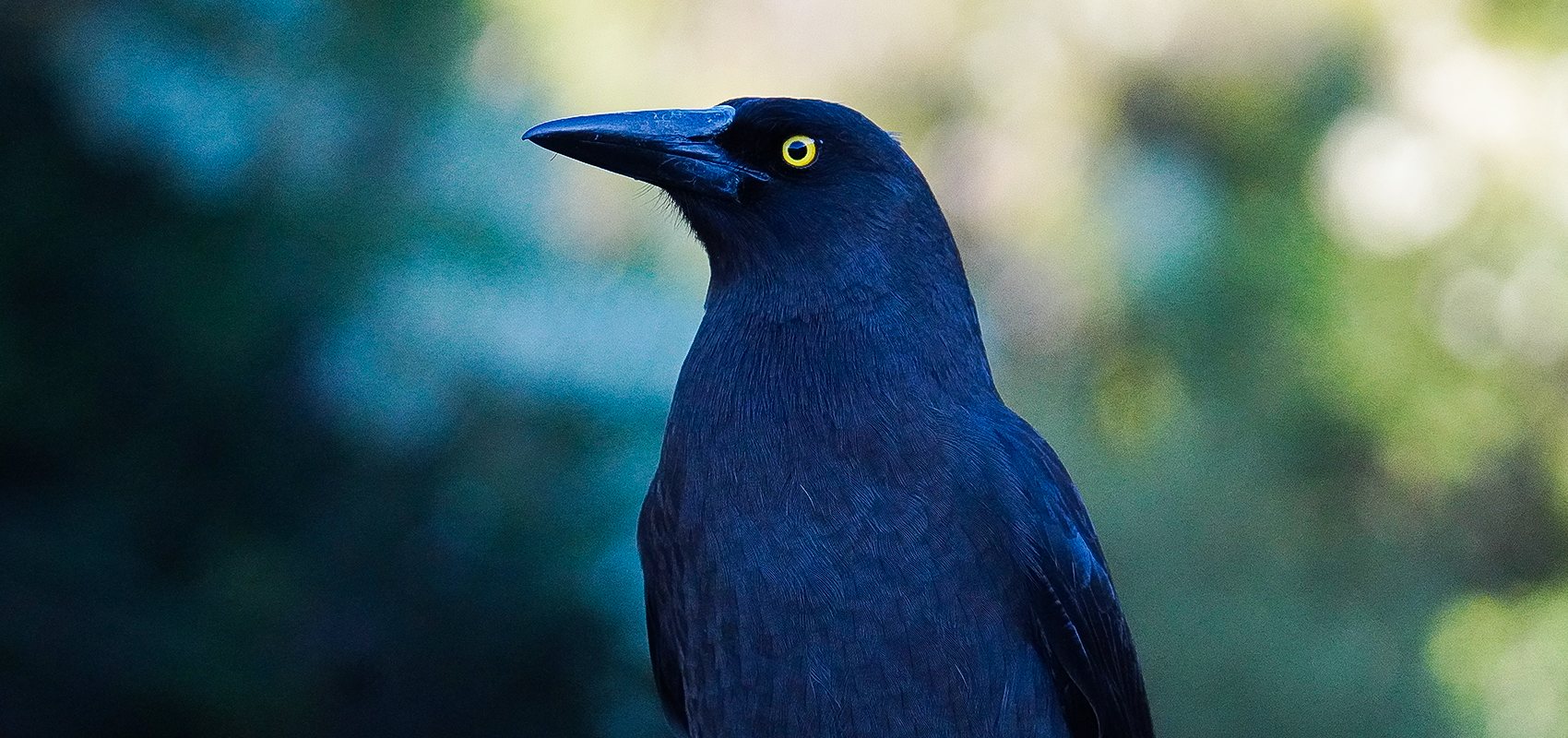
Spotting Birds at Camp: My Pondalowie Bay Experience
Of all the campsites in the park, Pondalowie Bay Bush Campground was hands-down the best for birdwatching. It’s well sheltered from wind (especially important at night), and the surrounding bushland is absolutely alive with birds. Each morning, I woke up to the sound of White-browed Scrubwrens flitting through the undergrowth and Silvereyes calling from nearby shrubs. The site is also just a short drive or walk to salt flats, cliffs, and beach lookouts—perfect for scouting different bird species throughout the day.
And at night? Let’s just say the wildlife gets up close and personal. I had two wallaby joeys wander through my camp like it was their backyard. (Which, honestly, it kind of is.)
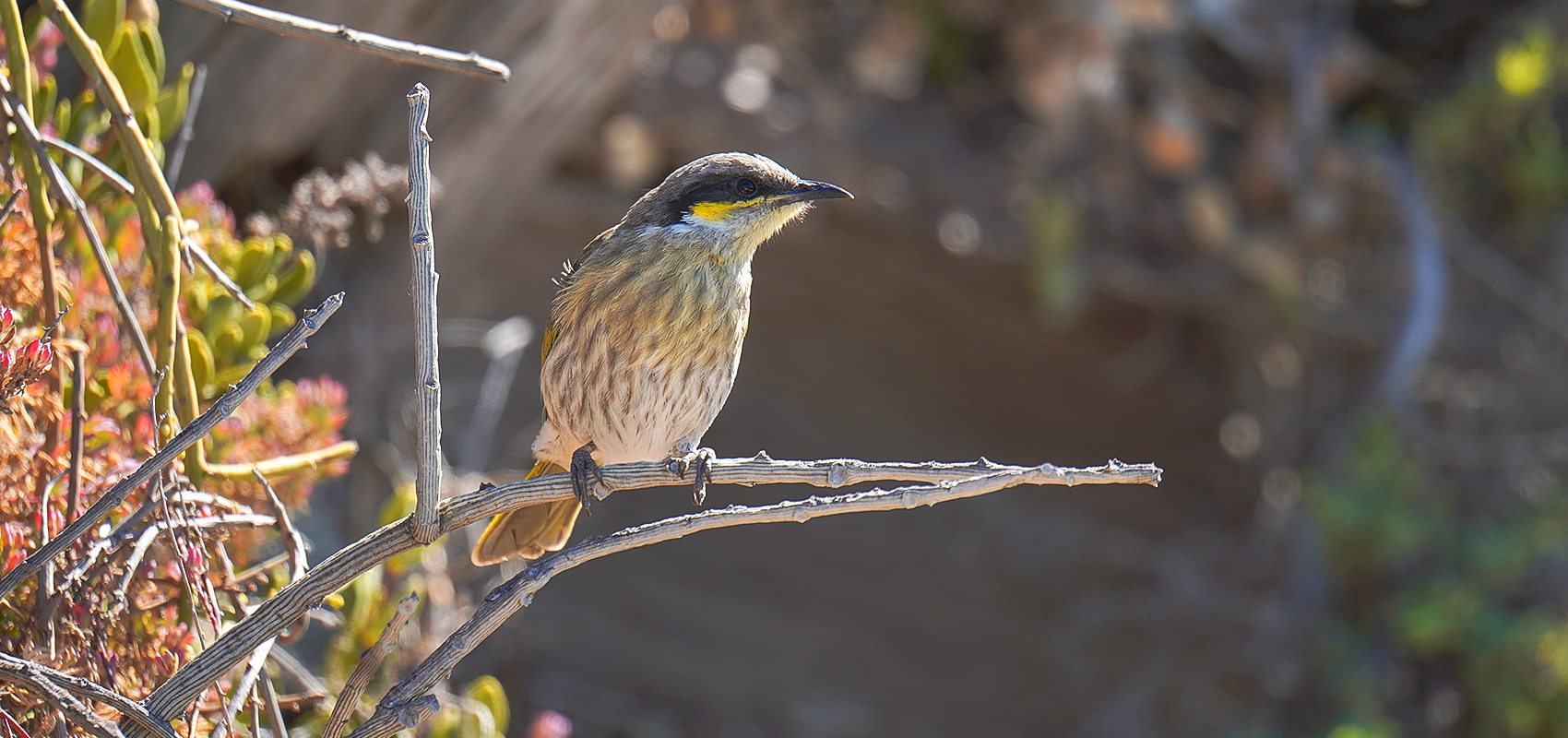
What to Bring for a Birdwatching Trip to Innes National Park
Make the most of your trip with a few essentials:
-
Binoculars or a spotting scope
-
Field guide or eBird app for IDing species
-
Sunscreen, hat, and water (it gets hot!)
-
A camera for those moments you’ll want to remember
-
A comfy camping setup if you plan to stay overnight
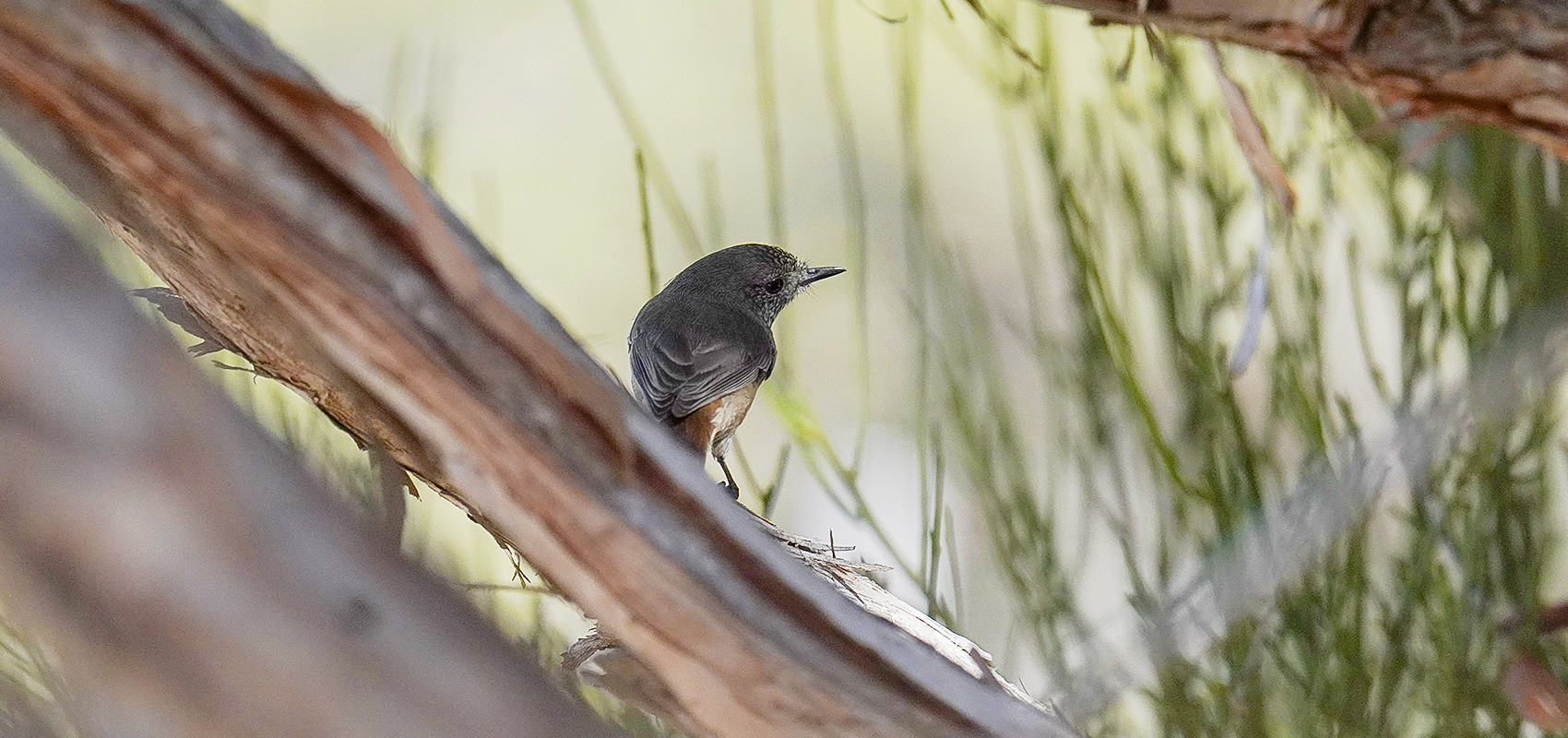
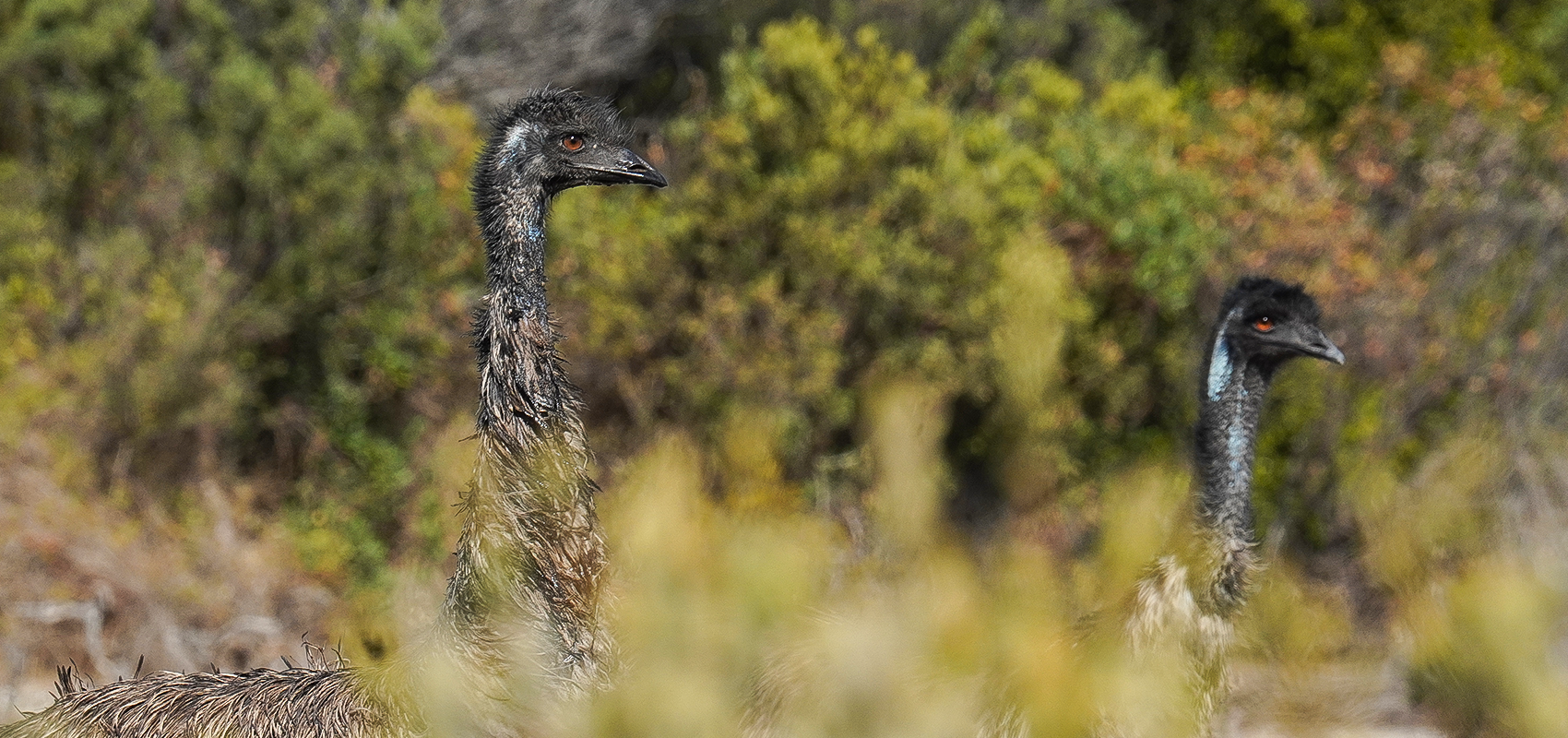
How to Get to Innes National Park
Innes National Park is located on the southern tip of the Yorke Peninsula, about a 3.5-hour drive from Adelaide. The roads are sealed and well maintained, with plenty of great spots to stop and stretch your legs along the way.
Once inside the park, many of the best locations are easily accessible by car, though some walks like the Inneston Historic Township Walk offer a peaceful break from driving and a good chance to spot inland bird species.
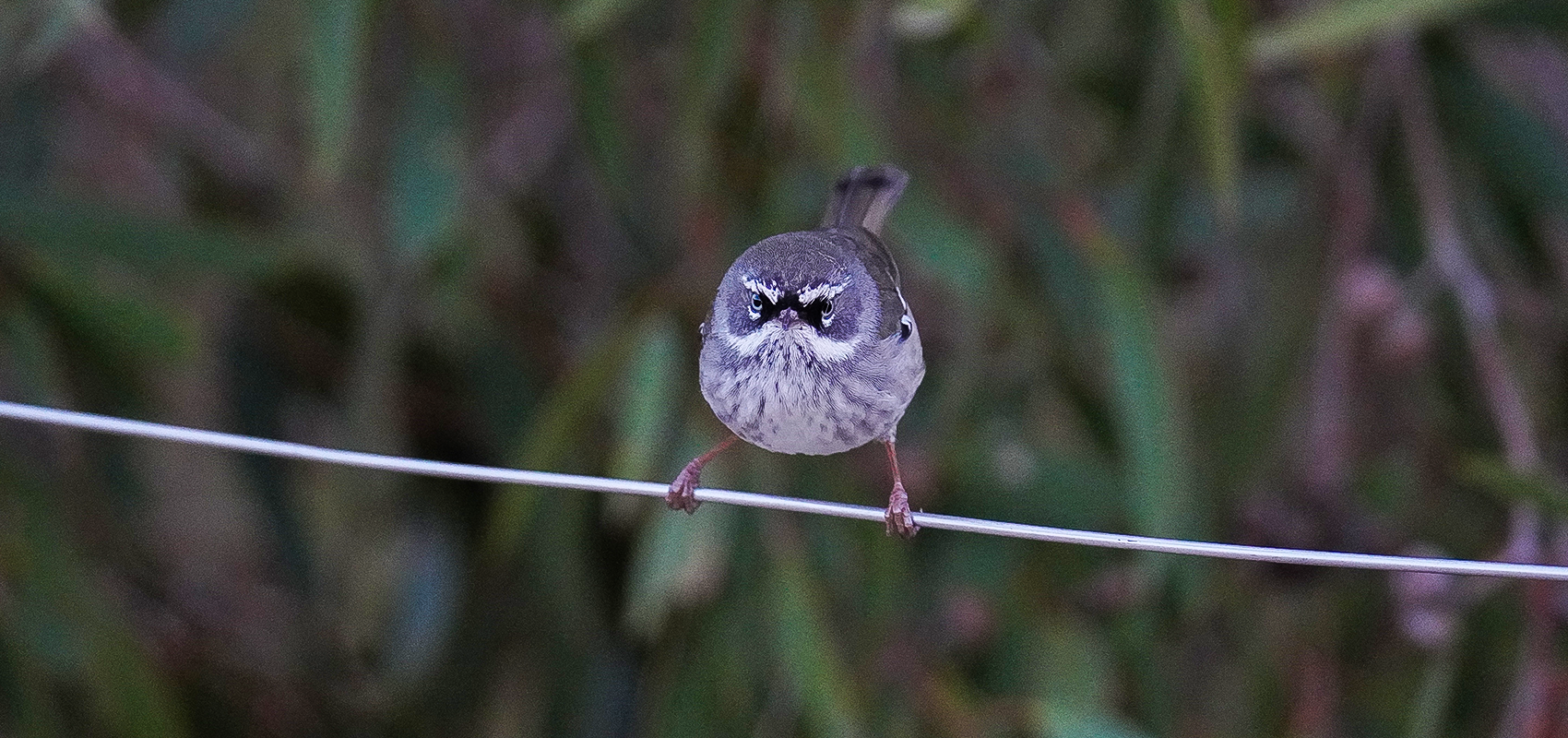
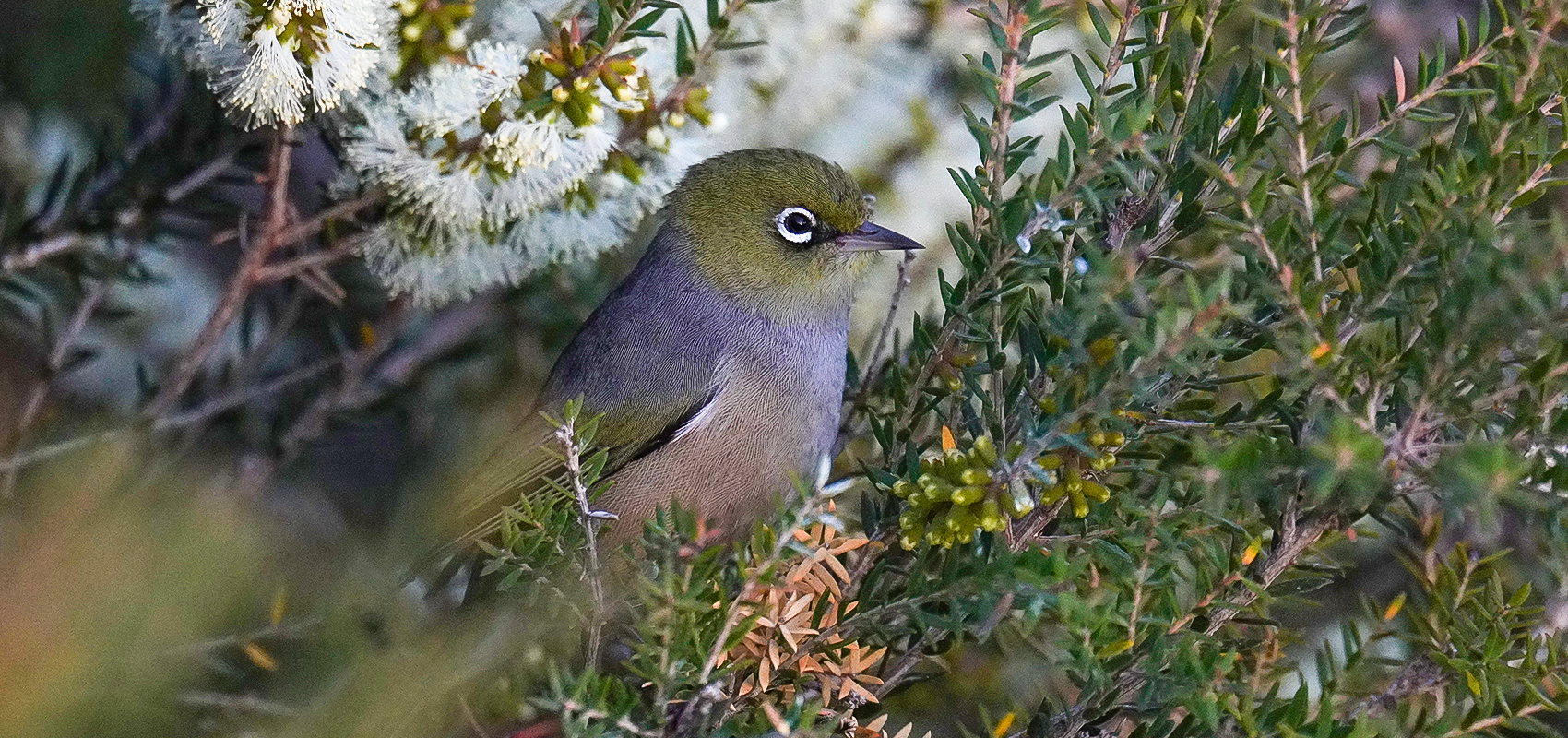
Is Innes Worth the Trip for Birdwatching?
100% yes. Innes National Park is one of those rare places that feels wild but welcoming. You’ll be surrounded by birds, incredible views, and peaceful nature all around you. Whether you’re chasing lifers for your bird list, or just want a relaxing weekend spotting emus and fairywrens, Innes delivers.
So pack the car, bring your binoculars, and get ready to meet South Australia’s feathered locals. Trust me—you won’t regret it.
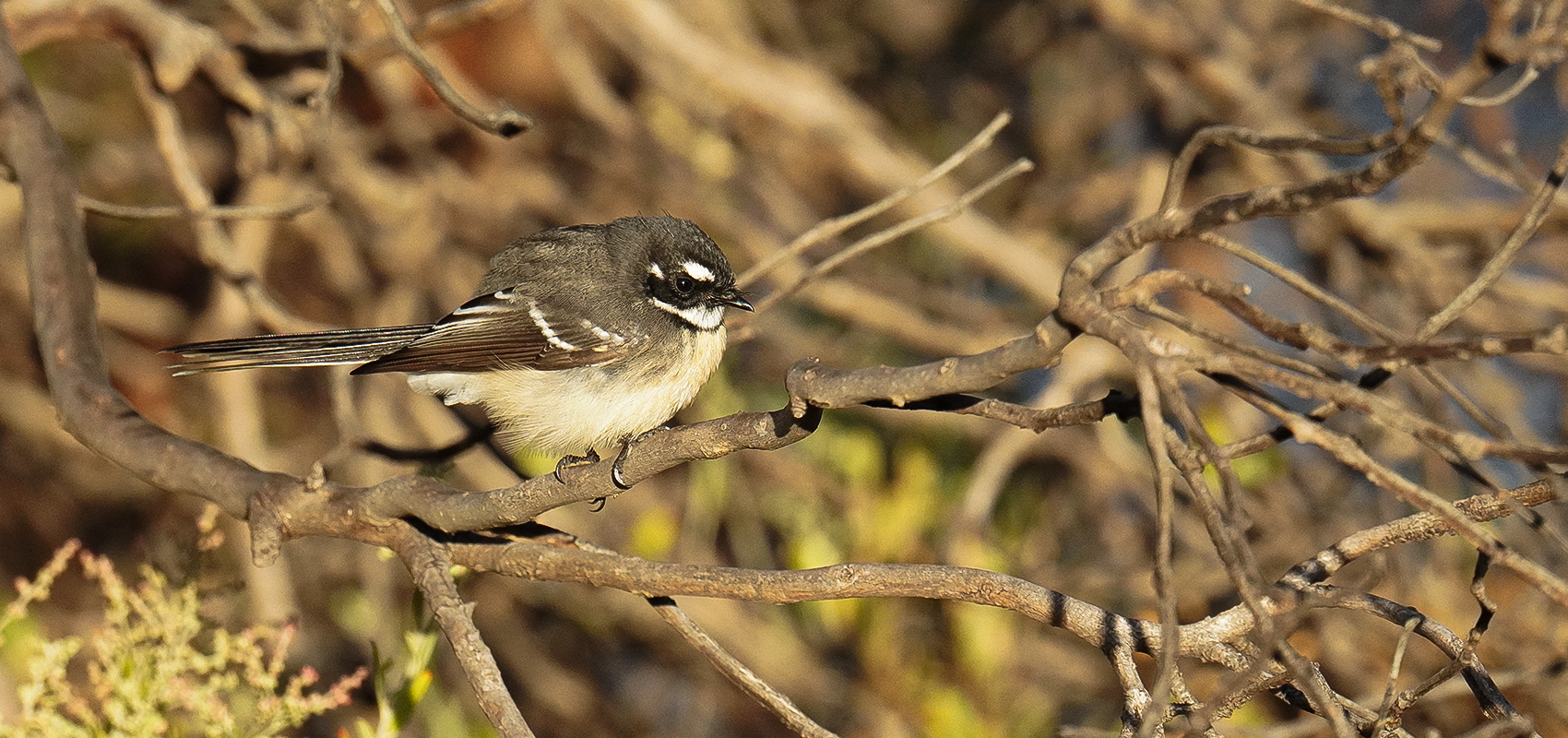
Bird Species You Might See at Innes National Park
Here’s just a taste of the birdlife you can expect in the park:
Common Residents:
-
Emu
-
White-browed Scrubwren
-
Silvereye
-
Red Wattlebird
-
Singing Honeyeater
-
Willie Wagtail
-
Australian Magpie
-
New Holland Honeyeater
-
Spiny-cheeked Honeyeater
Raptors and Birds of Prey:
-
White-bellied Sea-Eagle
-
Swamp Harrier
-
Nankeen Kestrel
-
Brown Falcon
-
Peregrine Falcon
-
Wedge-tailed Eagle
Coastal and Water Birds:
-
Pacific Gull
-
Caspian Tern
-
Australasian Gannet
-
Pied Cormorant
-
Black Swan
-
Red-necked Stint
-
Ruddy Turnstone
-
Sooty Oystercatcher
Elusive and Special Species:
-
Malleefowl
-
Tawny-crowned Honeyeater
-
Western Whipbird
-
Chestnut Quail-thrush
-
Painted Buttonquail
Whether you’re a casual birder or a hardcore lister, there’s something deeply rewarding about birding in such a pristine, well-protected area.
